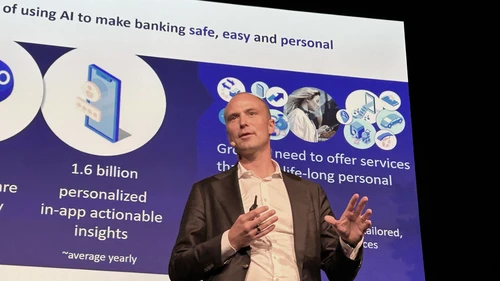Some examples of Open Banking
Let’s dive into some examples from today’s Open Banking reality in the Nordics – services, which have only been made available in the recent years:
- As a personal customer, you can grant your bank or a fintech company access to your bank accounts and get a personalised spending overview – across more than one bank – and in this way get a better overview of your finances.
- You can also receive all your bills from your online shopping in one mailbox app, which then lets you pay the bills directly from your bank account, and you can even choose from which of your various accounts the money should be withdrawn.
- You can use different third-party services to pay for online purchases, directly from your bank account without going to the bank’s mobile app or internet bank, right in the check-out process of the online retailer.
- You can apply for branded credit cards and consumer loans from your bank in the interface of different companies, without having to leave their web page.
- Corporate customers can get real-time access to their bank data, straight into their own systems.




